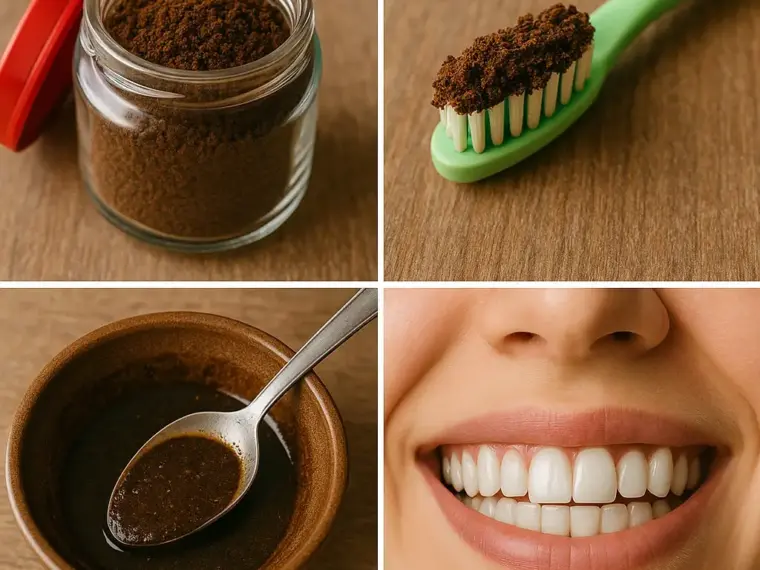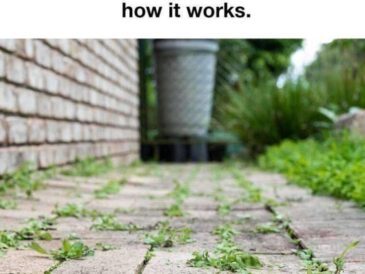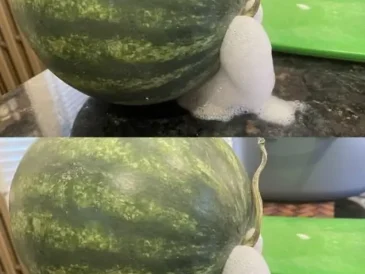2. Coconut Oil Pulling
How it works: Oil pulling helps remove bacteria and plaque that can lead to yellowing.
How to use:
- Swish 1 tablespoon of coconut oil around your mouth for 15-20 minutes
- Spit out (in the trash, not the sink) and rinse well
- Practice daily for best results
3. Apple Cider Vinegar (Diluted)
How it works: Contains natural acids that can help remove stains.
How to use:
- Mix 1 part apple cider vinegar with 2 parts water
- Swish briefly (30 seconds maximum)
- Rinse thoroughly with plain water afterward
- Use only once a week due to potential enamel damage from acidity
4. Strawberry and Baking Soda Mix
How it works: Strawberries contain malic acid that may help remove discoloration.
How to use:
- Mash 1 ripe strawberry with ½ teaspoon of baking soda
- Apply the mixture to your teeth with a toothbrush
- Leave for 5 minutes, then rinse thoroughly
- Use once a week
Prevention: The Best Whitening Strategy
The most effective way to maintain a white smile is to prevent stains in the first place:
- Brush your teeth twice daily with a whitening toothpaste
- Rinse your mouth with water after consuming staining foods and beverages
- Use a straw when drinking coffee, tea, or other staining beverages
- Floss daily to remove plaque between teeth
- Visit your dentist for regular cleanings
- Limit consumption of staining foods and drinks (coffee, tea, red wine, berries)
When to See a Professional
Natural methods can only do so much. If you have significant discoloration or want dramatic results, consider professional options:
- In-office whitening treatments performed by your dentist
- Professional-grade take-home whitening kits
- Custom-fitted whitening trays
Why Choose Natural Whitening Methods?
Many commercial teeth whitening products contain harsh chemicals like hydrogen peroxide at high concentrations that can cause tooth sensitivity and gum irritation. Natural alternatives like coffee grounds offer several advantages:
- Gentler on enamel: Natural abrasives tend to be less harmful to tooth enamel
- Cost-effective: Use ingredients you already have in your kitchen
- Environmentally friendly: Reduce packaging waste from commercial products
- No harsh chemicals: Avoid potential irritation and sensitivity
- Sustainable practice: Repurpose used coffee grounds instead of throwing them away
Final Thoughts
Coffee grounds offer a surprisingly effective natural alternative for teeth whitening, as shown in the images. While it may seem contradictory that something known to stain can actually help whiten, the abrasive quality and natural compounds in coffee grounds make it an excellent option for removing surface stains.
For best results, incorporate coffee ground brushing into a comprehensive oral care routine that includes regular brushing, flossing, and dental check-ups. With consistent use of these natural methods, you can achieve a brighter, healthier smile without exposing your teeth to harsh chemicals.
Have you tried any of these natural whitening methods? Let us know your results in the comments below!





